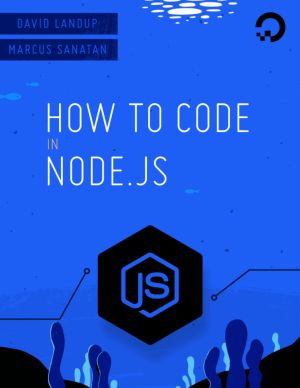
Node.js is a popular open-source runtime environment that can execute JavaScript outside of the browser. The Node runtime is commonly used for back-end web development, leveraging its asynchronous capabilities to create networking applications and web servers. Node is also a popular choice for building command line tools.
In this book, you will ...
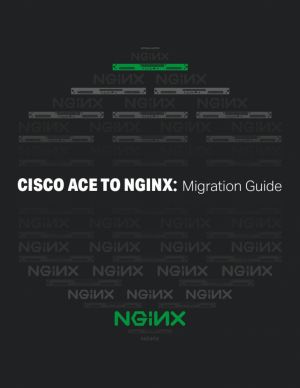
This ebook provides step-by-step instructions on replacing Cisco ACE with Nginx and off-the-shelf servers. Nginx helps you cut costs and modernize.
Cisco entered the hardware load balancer market with an add-on "Application Control Engine" (ACE) module for its Catalyst 6500-series switches, the Cisco ACE30. Soon after they released the...
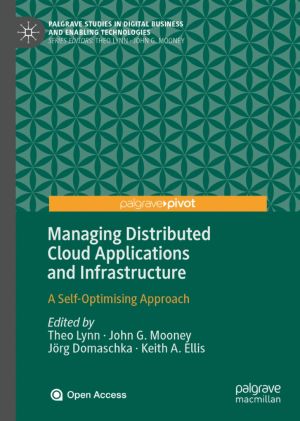
The emergence of the Internet of Things (IoT), combined with greater heterogeneity not only online in cloud computing architectures but across the cloud-to-edge continuum, is introducing new challenges for managing applications and infrastructure across this continuum. The scale and complexity is simply so complex that it is no longer realistic for...
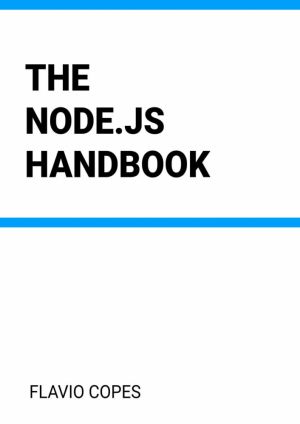
Node.js is built on top of the Google Chrome V8 JavaScript engine, and it's mainly used to create web servers - but it's not limited to that.
The Node.js Handbook follows the 80/20 rule: learn in 20% of the time the 80% of a topic. The author find this approach gives a well-rounded overview....
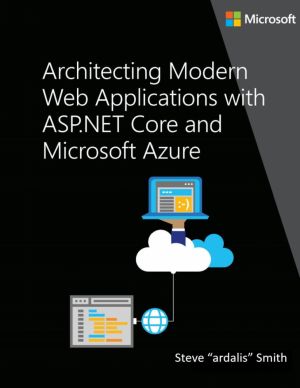
The audience for this guide is mainly developers, development leads, and architects who are interested in building modern web applications using Microsoft technologies and services in the cloud.
A secondary audience is technical decision makers who are already familiar ASP.NET or Azure and are looking for information on whether it makes sense to...
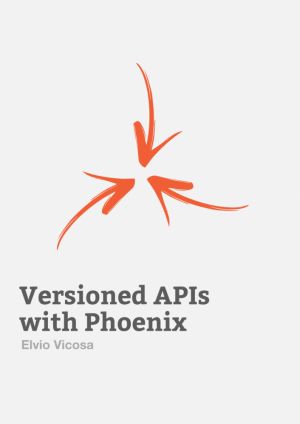
To build a house, it's necessary to go through different phases before stacking the first brick. The architect needs to pay attention to everything, drawing all the technical details and documenting the architecture design.
After the drawings are finished, the construction materials need to be chosen and things like the brick type, the insu...
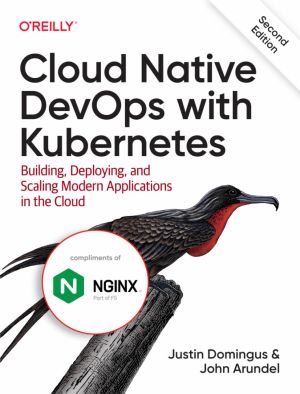
Kubernetes has become the operating system of today's cloud native world, providing a reliable and scalable platform for running containerized workloads. In this friendly, pragmatic book, cloud experts Justin Domingus and John Arundel show you what Kubernetes can do-and what you can do with it.
This updated second edition guides you through...
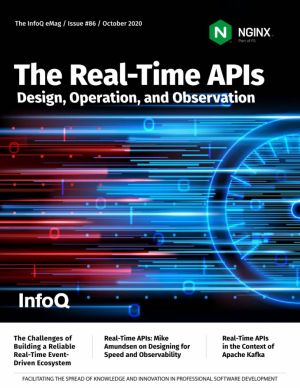
Application Programming Interfaces (APIs) are seemingly everywhere. Thanks to the popularity of web-based products, cloud-based X-as-a-service offerings, and IoT, it is becoming increasingly important for engineers to understand all aspects of APIs, from design, to building, to operation.
Research shows that there is increasing demand for near r...
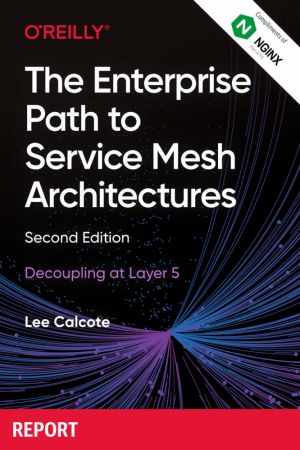
Planning to build a microservice-driven cloud native application or looking to modernize existing application services? Consider using a service mesh. A service mesh approach can help you create robust and scalable applications, but it also introduces new challenges. This updated report answers common questions regarding service mesh architectures ...
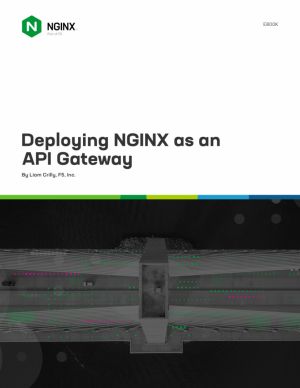
In this eBook, we tell you how to take an existing NGINX Open Source or F5 NGINX Plus configuration and extend it to manage API traffic as well. When you use NGINX for API management, you tap into the high performance, reliability, robust community support, and expert professional support (for NGINX Plus customers) that NGINX is famous for.
With...
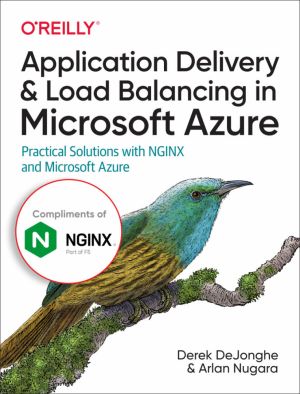
With more and more companies moving on-premises applications to the cloud, software and cloud solution architects alike are busy investigating ways to improve load balancing, performance, security, and high availability for workloads. This practical book describes Microsoft Azure's load balancing options and explains how NGINX can contribute t...
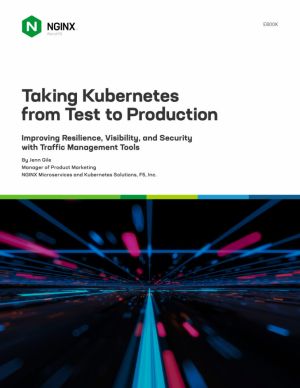
With Kubernetes came many new concepts, particularly around networking and traffic management. Alongside these new concepts were entirely new classes of tools, designed for ephemeral, containerized, and distributed application deployments. In particular, Ingress controllers and service meshes did not exist prior to the Kubernetes era. Nor were Laye...
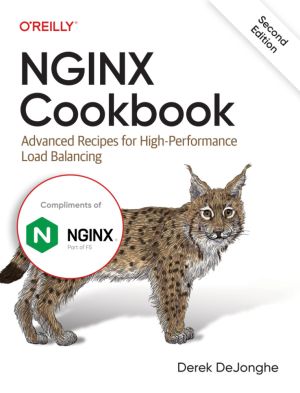
NGINX is one of the most widely used web servers available today, in part because of itscapabilities as a load balancer and reverse proxy server for HTTP and other network protocols. This revised cookbook provides easy-to-follow examples of real-world problems in application delivery. Practical recipes help you set up and use either the open source...
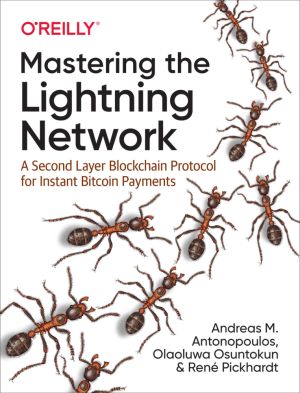
The Lightning Network (LN) is a rapidly growing second-layer payment protocol that works on top of Bitcoin to provide near-instantaneous transactions between two parties. With this practical guide, authors Andreas M. Antonopoulos, Olaoluwa Osuntokun, and Rene Pickhardt explain how this advancement will enable the next level of scale for Bitcoin, in...
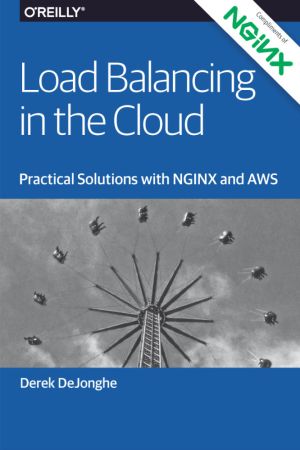
Use of redundant servers has long been a solution for meeting sudden spikes in demand, machine failures, and outages. Cloud services greatly reduce the cost and hassle of provisioning redundant equipment and load balancers and give you the ability to deal with separate network, application, and client-side loads. But today there are many options to...
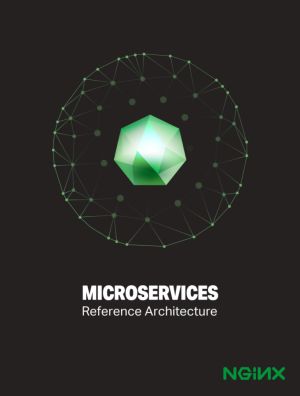
The move to microservices is a seismic shift in web application development and delivery. Because we believe moving to microservices is crucial to the success of our customers, we at NGINX have launched a dedicated program to develop NGINX software features and development practices in support of microservices.
We also recognize that there are m...
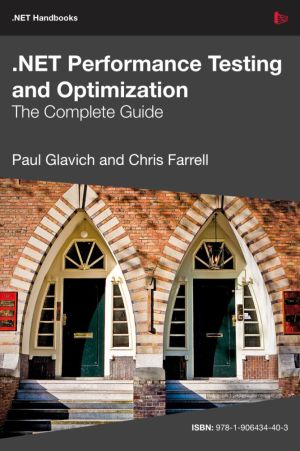
As we develop the applications to meet current and future needs, it is only natural to use current best practices and techniques for our designs and implementations. In the quest to improve how we develop, we can access a true wealth of information which is available on design patterns, object-oriented analysis, low-level code techniques and langua...
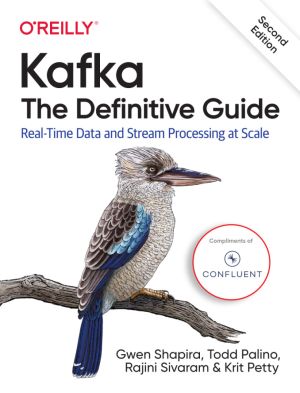
Every enterprise application creates data, whether it consists of log messages, metrics, user activity, or outgoing messages. Moving all this data is just as important as the data itself. With this updated edition, application architects, developers, and production engineers new to the Kafka streaming platform will learn how to handle data in motio...
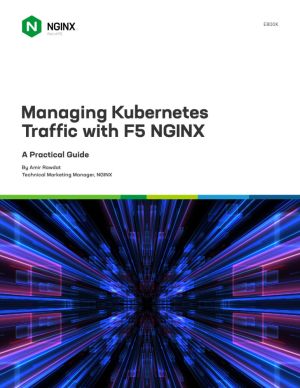
Microservices architectures introduce several benefits to the application development and delivery process. Microservices-based apps are easier to build, test, maintain, and scale. They also reduce downtime through better fault isolation.
While container-based microservices apps have profoundly changed the way DevOps teams deploy applications, t...
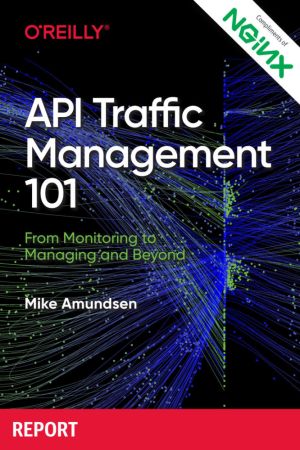
The aim of this short book is to introduce the general themes, challenges, and opportunities in the world of managing API traffic. Most of the examples and recommendations come from my own experience (or that of colleagues) while working with customers, ranging from small local startups to global enterprises.
This book is for those just getting ...
